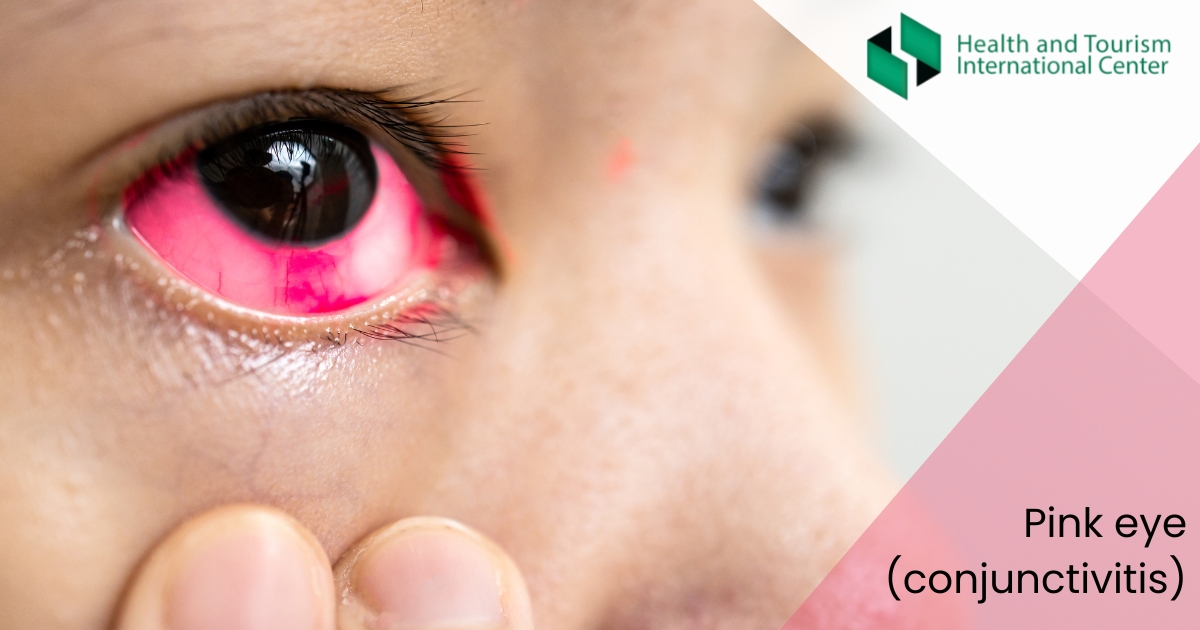Conjunctivitis is also called a pink eye.
It is an inflammation or infection of the transparent membrane (conjunctiva).
When small blood vessels in the conjunctiva become inflamed, they're more visible. This is what causes the whites of your eyes to appear reddish or pink. Yes, the patient may suffer from irritation and discomfort, but the infection is rarely dangerous, that is, in a large percentage of clinical cases, vision is not affected.
Diagnosis
In most cases, your doctor can diagnose pink eye by asking questions about your symptoms and recent health history. An office visit is usually not needed.
Rarely, your doctor may take a sample of the liquid that drains from your eye for laboratory analysis (culture). A culture may be needed if your symptoms are severe or if your doctor suspects a high-risk cause, such as a foreign body in your eye, a serious bacterial infection or a sexually transmitted infection.
Treatment
Pink eye treatment is usually focused on symptom relief.
Your doctor may recommend using artificial tears, cleaning your eyelids with a wet cloth, and applying cold or warm compresses several times daily.
In most cases, you won't need antibiotic eyedrops.
Viral conjunctivitis often begins in one eye and then infects the other eye within a few days. Your signs and symptoms should gradually clear on their own.
Antiviral medications may be an option if your doctor determines that your viral conjunctivitis is caused by the herpes simplex virus.
If the irritation is due to allergic conjunctivitis, the eye drops intended for allergic persons are prescribed.
Source:
https://www.mayoclinic.org/diseases-conditions/pink-eye/diagnosis-
treatment/drc-20376360

